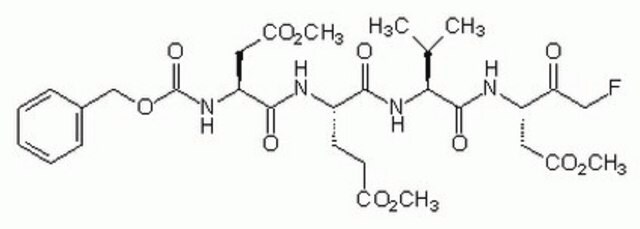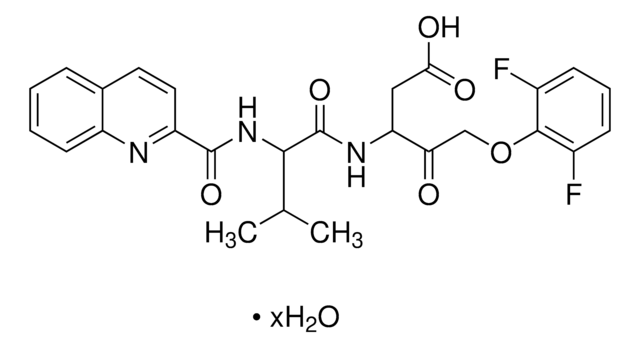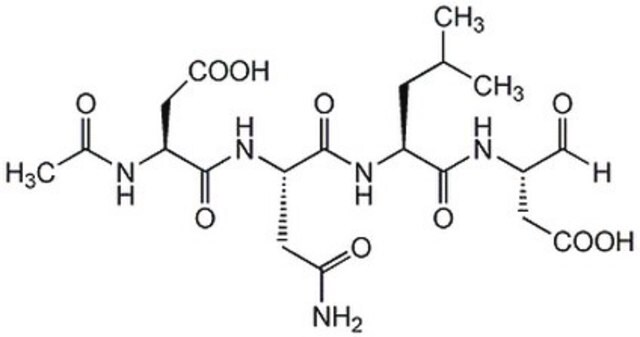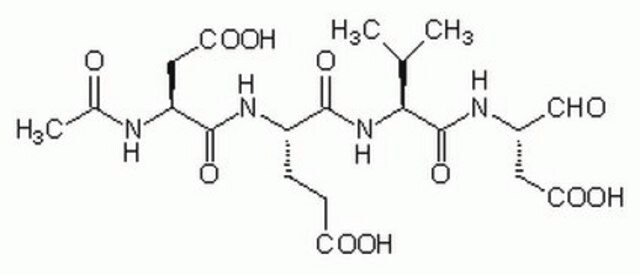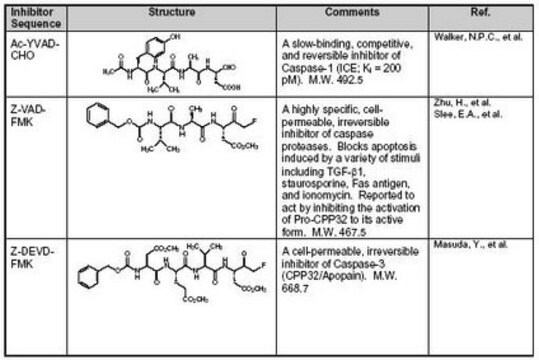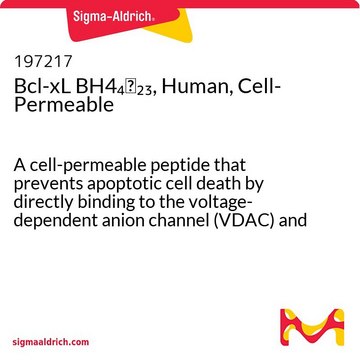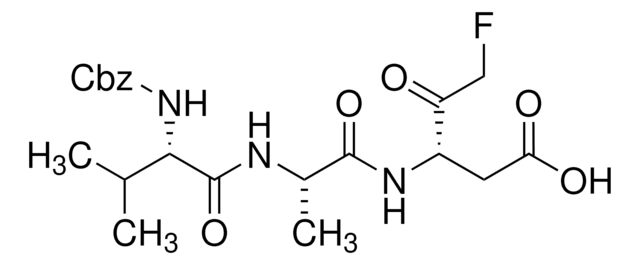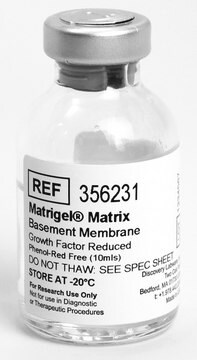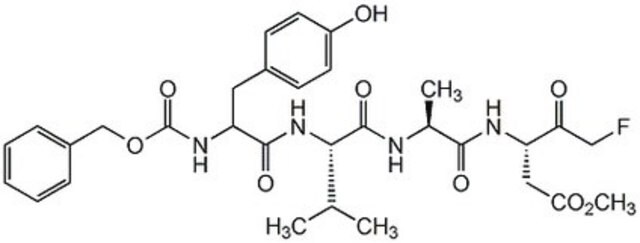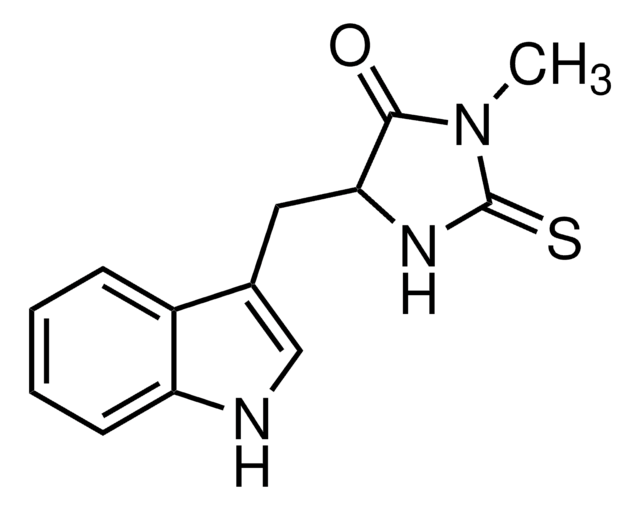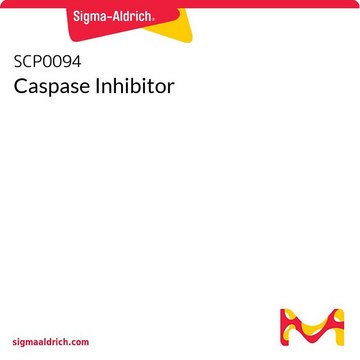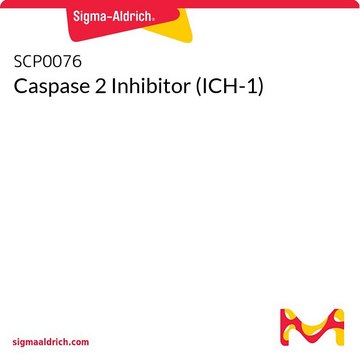627610
Z-VAD-FMK
Single spot by TLC, solid, Caspase inhibitor, Calbiochem
Sinónimos:
Caspase Inhibitor I, Z-VAD (OMe)-FMK
About This Item
Productos recomendados
product name
Caspase Inhibitor I, Z-VAD-FMK, CAS 187389-52-2, is a cell-permeable, irreversible, pan-caspase inhibitor.
Quality Level
form
solid
manufacturer/tradename
Calbiochem®
storage condition
OK to freeze
desiccated
color
white
solubility
DMSO: 50 mM
shipped in
ambient
storage temp.
−20°C
InChI
1S/C22H30FN3O7/c1-13(2)19(26-22(31)33-12-15-8-6-5-7-9-15)21(30)24-14(3)20(29)25-16(17(27)11-23)10-18(28)32-4/h5-9,13-14,16,19H,10-12H2,1-4H3,(H,24,30)(H,25,29)(H,26,31)/t14-,16-,19-/m0/s1
InChI key
MIFGOLAMNLSLGH-QOKNQOGYSA-N
General description
Biochem/physiol Actions
Fas-mediated apoptosis in Jurkat cells and staurosporine-induced cell death in corneal epithelial cells
Warning
Sequence
Reconstitution
Analysis Note
Other Notes
Martin, U., et al. 2007. Apoptosis12, 525.
Misaghi, S., et al. 2004. Chem. Biol.11, 1677.
Joo, C., et al. 1999. Ophthalmic Res. 31, 287.
McColl, K.S., et al. 1998. Mol. Cell. Endocrinol. 139, 229.
Thornberry, N.A. and Lazebnik, Y. 1998. Science 281, 1312.
Tolomeo, M., et al. 1998. Cell Death Differ. 5, 735.
An, S. and Know, K.A. 1996. FEBS Lett.386, 115.
Cain, K., et al. 1996. Biochem J.314, 27.
Mirzoeva, O.K., et al. 1996. FEBS Lett.396, 266.
Pronk, G.J., et al. 1996. Science 271, 808.
Slee, E.A., et al. 1996. Biochem. J.315, 21.
Chow, S.C., et al. 1995. FEBS Lett. 364, 134.
Fearnhead, H.O., et al. 1995. FEBS Lett. 375, 283.
Zhu, H., et al. 1995. FEBS Lett.374, 303.
Legal Information
Storage Class
11 - Combustible Solids
wgk_germany
WGK 3
flash_point_f
Not applicable
flash_point_c
Not applicable
Certificados de análisis (COA)
Busque Certificados de análisis (COA) introduciendo el número de lote del producto. Los números de lote se encuentran en la etiqueta del producto después de las palabras «Lot» o «Batch»
¿Ya tiene este producto?
Encuentre la documentación para los productos que ha comprado recientemente en la Biblioteca de documentos.
Los clientes también vieron
Nuestro equipo de científicos tiene experiencia en todas las áreas de investigación: Ciencias de la vida, Ciencia de los materiales, Síntesis química, Cromatografía, Analítica y muchas otras.
Póngase en contacto con el Servicio técnico
